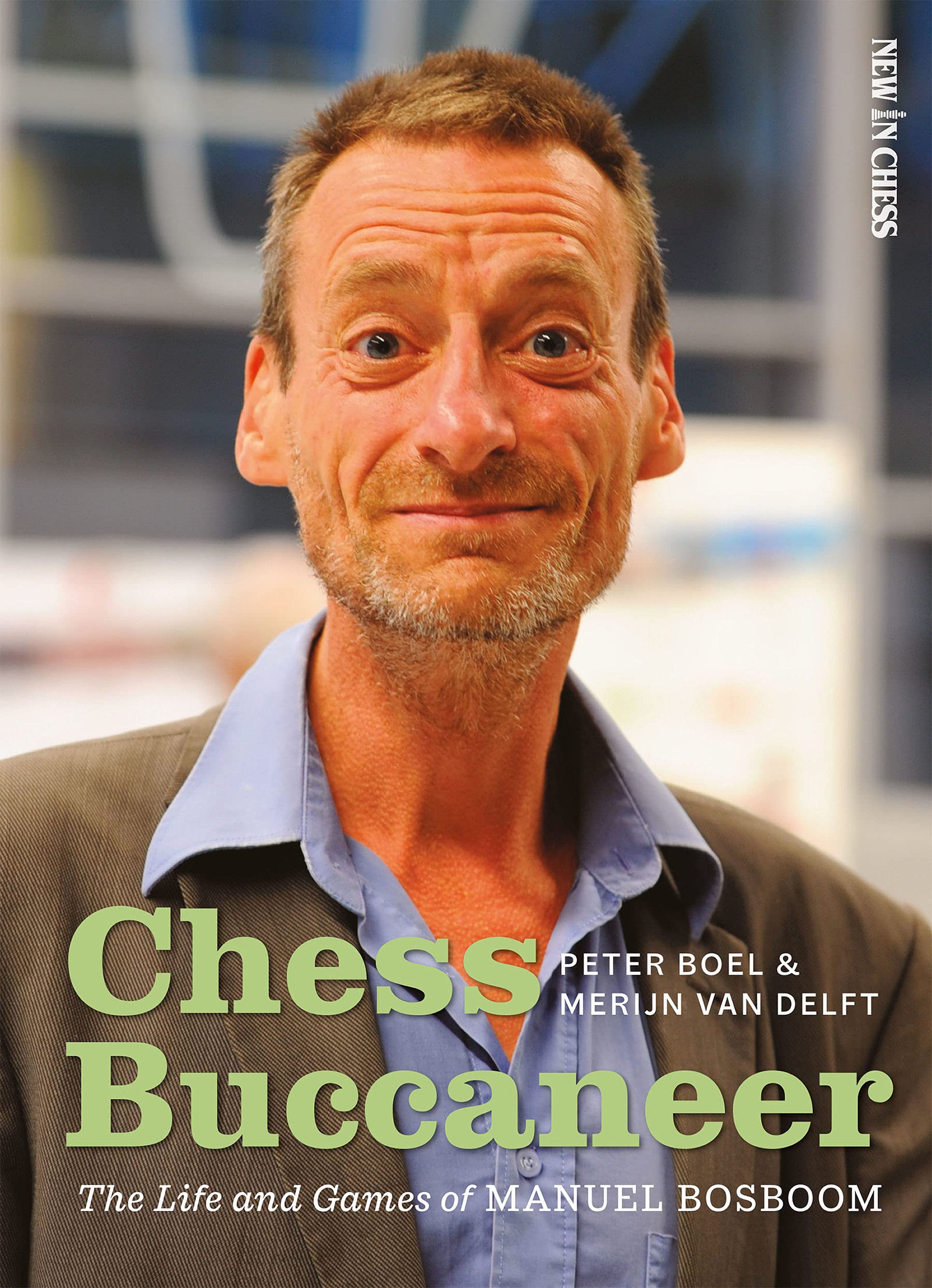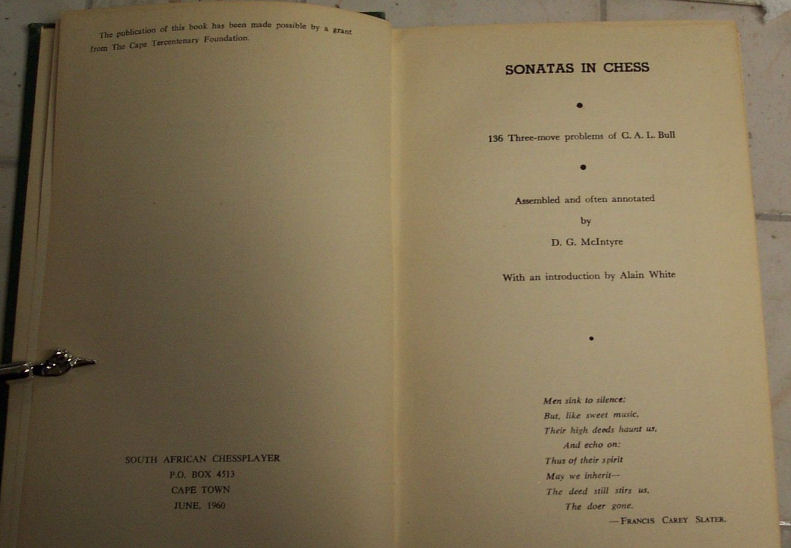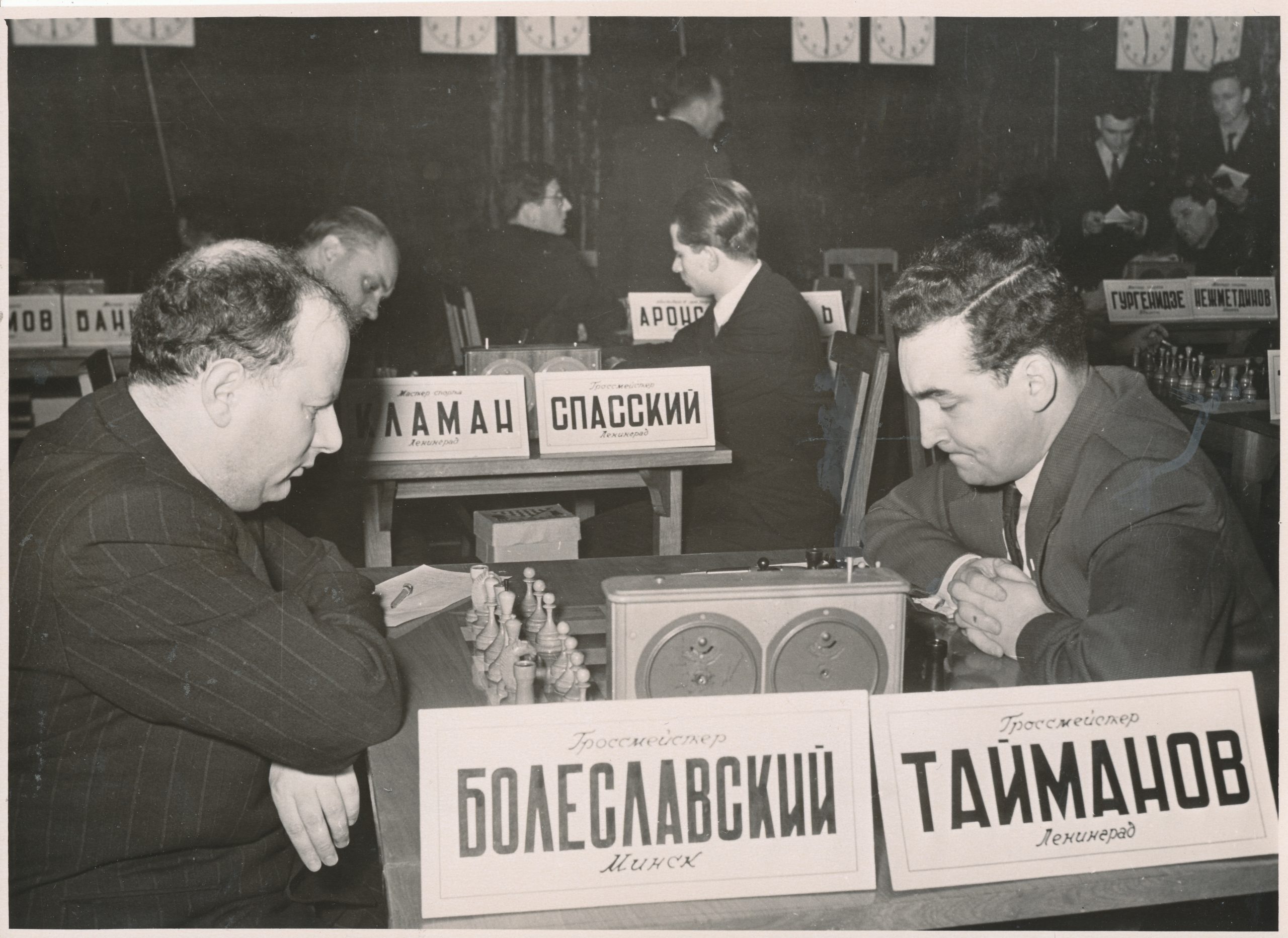
Here is the publishers blurb from the rear cover :
“What exactly makes the greatest players of all time, such as Magnus Carlsen, Bobby Fischer, and Garry Kasparov stand out from the rest? The basic aspects of chess (calculation, study of opening theory, and technical endgame ability) are of course of great importance. However, the more mysterious part of chess ability lies within the thought process.”
In particular: * How does one evaluate certain moves to be better than others? * How does one improve their feel of the game? This book will tackle this woefully underexplored aspect of chess: the logic behind the game. It will explain how chess works at a fundamental level. Topics include:
- What to think about when evaluating a position.
- How to formulate and execute plans.
- How to generate and make use of the initiative.
The reader also has plenty of opportunities to test their decision-making by attempting 270 practical exercises. These are mostly designed to develop understanding, as the justification of the moves is more important than the actual correct answer.”
and about the authors :
Guannan Song is a FIDE Master with one International Master norm from Canada. He won the 2010 Canadian Youth Chess Championship and scored bronze at the 2015 North American Junior Chess Championships. He also played for Team Canada at the 2010 World Youth Chess Championship and the 2014 World Youth U16 Chess Olympiad. He represents Western University on board 1 of its Championship team and led his team to 2nd place at the 2019 Canadian University Chess Championship.
Joshua Sheng Joshua Sheng is an International Master with one Grandmaster norm from Santa Monica, California. He tied for first in the 2016 North American Junior Chess Championships and placed third in the 2019 U.S. Junior Chess Championships. He graduated from the University of California, Berkeley, in 2021. Joshua has been a serious chess coach for many years, and this is his first book.
As with every recent Everyman Chess publication high quality paper is used and the printing is clear. Each diagram is clear as is the instructional text. Figurine algebraic notation is used throughout and the diagrams are placed adjacent to the relevant text.
The book consists of six chapters viz:
- Building Blocks
- Know What You Have
- Mise en Place
- The Big Game
- Beginning and End
- Solutions
A video review has appeared on YouTube.
Before going further you may Look Inside via Amazon.
The authors might not be very well known to you, so perhaps we should find out more.
The publishers tell us that ‘Joshua has been a serious chess coach for many years’ and that ‘Guannan is an experienced chess coach’. But according to FIDE Joshua was born in 2000 and Guannan in 1998. They haven’t been alive many years, let alone been serious chess coaches for many years. Some of us have been teaching chess (although in my case not very seriously) since 1972. Not only before they were born, but perhaps even before their parents were born.
Let’s give them the benefit of the doubt and take a look inside.
From the authors’ introduction:
This book will be arranged primarily into sections where games will be analysed and your authors will talk. The talking and exposition will predominantly be done in the first person to ease communication. The beliefs and opinions held will generally be shared by both authors, although the primary voice will be Joshua’s. At the end of each of the first four chapters, there will be 30 practical exercises intending to reinforce your understanding of the relevant topics. Chapter 5 will consist of another 150 exercises representing a more comprehensive synthesis of the explored material and are designed to test your overall knowledge and understanding. For the most part, we have intentionally avoided mentioning the end result or the game continuation after the point of interest from those exercises, as doing so might distract the reader from the primary point of them – developing your understanding. What matters is the decision-making process at the critical position shown in each puzzle.
What we have here is a book aimed mainly, I would say, at players between about 1500 and 2000 strength, although many of the puzzles demonstrate much stronger players making poor decisions.
It’s relatively easy, I suppose, to write books about openings, tactics or endings, but strategy, being a rather nebulous topic, is much harder to write about.
Other recent books, for example those by Erik Kislik, have discussed logic in chess, but these have, for the most part, been aimed at higher rated players.
There have been other books looking at strategy at this level – an excellent and much quoted example is Michael Stean’s book Simple Chess. The authors have also used Jeremy Silman’s rightly popular How to Reassess your Chess and make frequent references to imbalances in their explanatory material. These days we’re very much into interactive learning, so we expect quizzes to be incorporated so that we can test our understanding of the book’s content.
This book, then, looks like it fills a gap in the market as an interactive instructional book on logic and strategy for club standard players.
The first chapter, Building Blocks, introduces the reader to some basic concepts: material (including compensation), piece activity, piece improvement, pawn structure and space. In each case a few simple examples are provided, which are aimed more at 1500 than 2000 rated players.
Then, we move onto some quiz questions to test your understanding. All the puzzle positions in this book have been taken from games played between 2019 and 2021, so it’s very unlikely that you’ll have seen many – or any – of them before.
Here’s the first question, with Black to play (Arabidze – Jojua, Tblisi 2019). What would you recommend?
The answer (in part):
20… Bh6!
Black finds a great opportunity to force a trade of dark-squared bishops, getting rid of his weak blunted piece on g7 and its strong counterpart on e3. A lax move like 20… Ke7? would lose the opportunity to trade bishops after 21. Bf2.
Of course you also have to see that Bxc4 fails tactically. There’s an assumption throughout the book that you have a reasonable level of tactical ability.
Chapter 2, Know What You Have, looks at positional evaluations. The authors use the acronym MAPS (Material, Activity, Pawn structure and king Safety) to lead you to your desired destination. This is taught by means of four games. We have Botvinnik – Capablanca (Netherlands 1938), which, if you’ve read a lot of chess books, you’ll have seen many times before, followed by Geller – Euwe (Zurich 1953), which again you may well have seen on many previous occasions. The chapter concludes with two recent games played by Joshua Sheng.
In Q35 (Grinberg – Ipatov, chess.com 2021) it’s again Black’s move.
In this instance Black got it wrong.
17… Be5?
Black protects his d6-pawn but gives away his two-bishop advantage. 17… Re6! was a greatly superior way to continue. A subsequent …Qe8 would place insurmountable pressure on e4. After 18. Rbd1 Qe8 19. Qb3 b5 20. Bxd6 c4 Black retains the bishop pair, recovers the pawn on the next move, and maintains pressure on White’s position.
Chapter 3, Mise En Scene, talks about identifying candidate moves, using a combination of calculation and evaluation. So they’re been reading Kotov as well as Silman, then? This time we have five example games: three from Sheng, plus Fischer – Spassky 1972 Game 6 (like Botvinnik – Capablanca, one of the most anthologised games of all time) and Tal – Rantanen from 1979.
In Chapter 4, The Big Game, we look at the initiative. The games are Kasparov – Andersson from 1981, Hydra – Ponomariov from 2005, and another three from Sheng.
Here’s one of them. (Click on any move for a pop-up window.)
Chapter 5 offers the reader 150 puzzles based on the lessons from earlier in the book.
Here’s another question: Q243 (Wall – Greet, Dublin 2019). It’s Black’s move again.
This is yet another question to do with trading bishops. Here, Richmond top board IM Gavin Wall chose to trade off his bad bishop, but this time he was mistaken.
19. Bc1?
At a glance, White holds a space advantage and control over the c-file. However, with this move, White starts to remove important defenders from his d4-pawn, giving Black a way back into the game. Though it looks like White is trading away a bad bishop for Black’s good bishop, the white bishop on b2 is actually a strong defensive piece. Better was 19. Bd3!, preparing h3-g4 or Nc3-Bxf5-Nxd5.
There’s a lot to admire about this book. There are very few books of this nature on the market providing interactive strategic instruction for club level players. As a 1900-2000 player myself I thought it was pitched at the right level for me, and would be accessible, if challenging, for ambitious and hard-working players from, say, 1500 upwards. The positions have been expertly chosen and the solutions are well explained giving just the right level of detail.
Having said that, introducing Chapters 2-4 through a seemingly fairly random selection of games (a combination of old chestnuts which many readers will have seen before and games by one of the authors) is not the only way to approach this topic. A different approach would have been to provide more specific advice and demonstrate some worked examples with more detailed explanations of thought processes before moving onto the quiz questions.
Again, another approach to questioning which would make the book more suitable for 1500 strength players (but perhaps less suitable for 2000 strength players) would have been to ask leading questions or provide multiple choices rather than just asking you for the next move.
The authors write engagingly and annotate well: I look forward to reading more from them in the future. If the concept appeals, and you think from the examples that it’s written at the right level for you, this book can be warmly recommended. As usual from Everyman, the publishing standards are exemplary.
Richard James, Twickenham 18th January 2022

Book Details :
- Paperback : 256 pages
- Publisher: Everyman Chess (10 Sept. 2021)
- Language: English
- ISBN-10: 178194623X
- ISBN-13: 978-1781946237
- Product Dimensions: 17.15 x 1.5 x 24.18 cm
Official web site of Everyman Chess


































